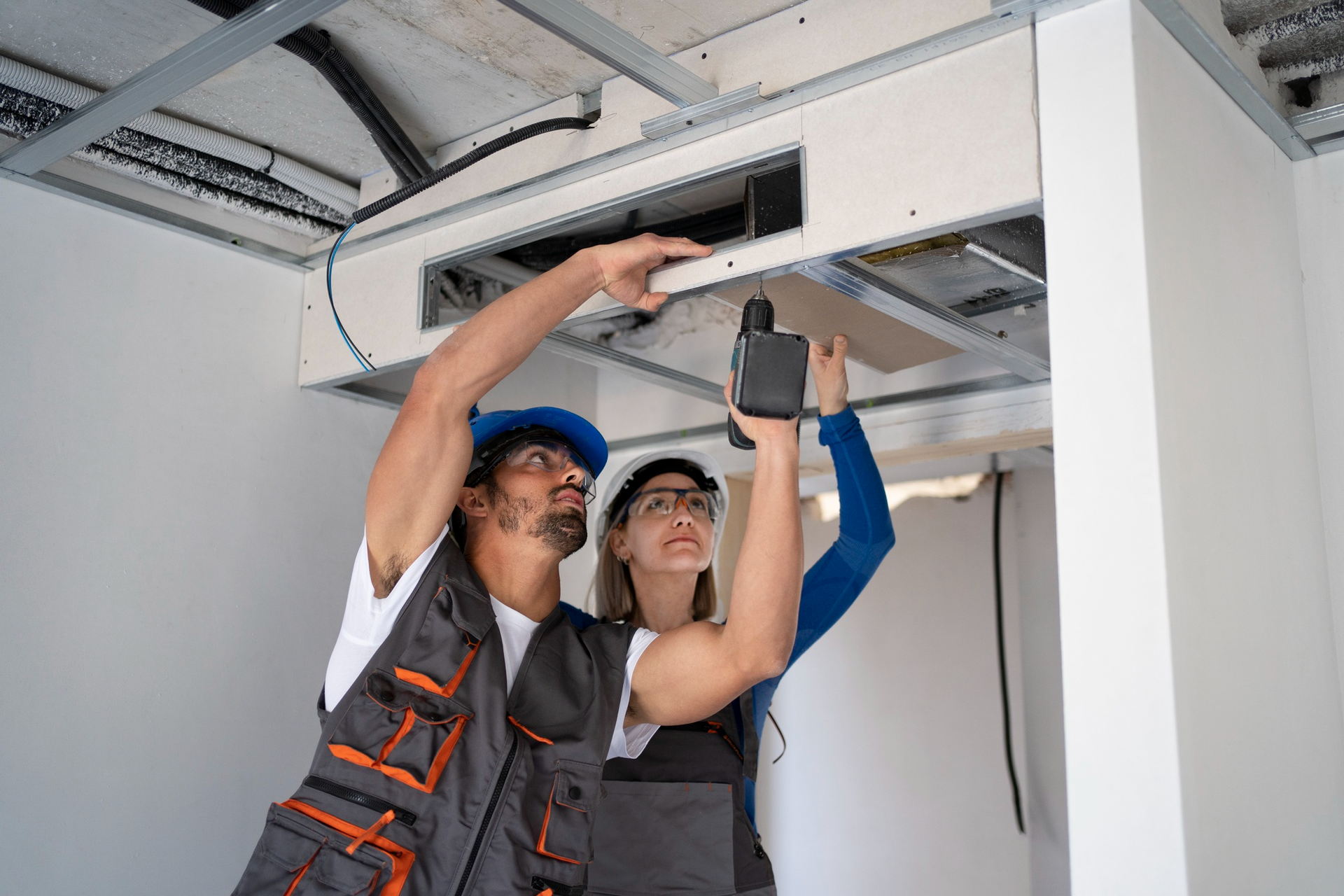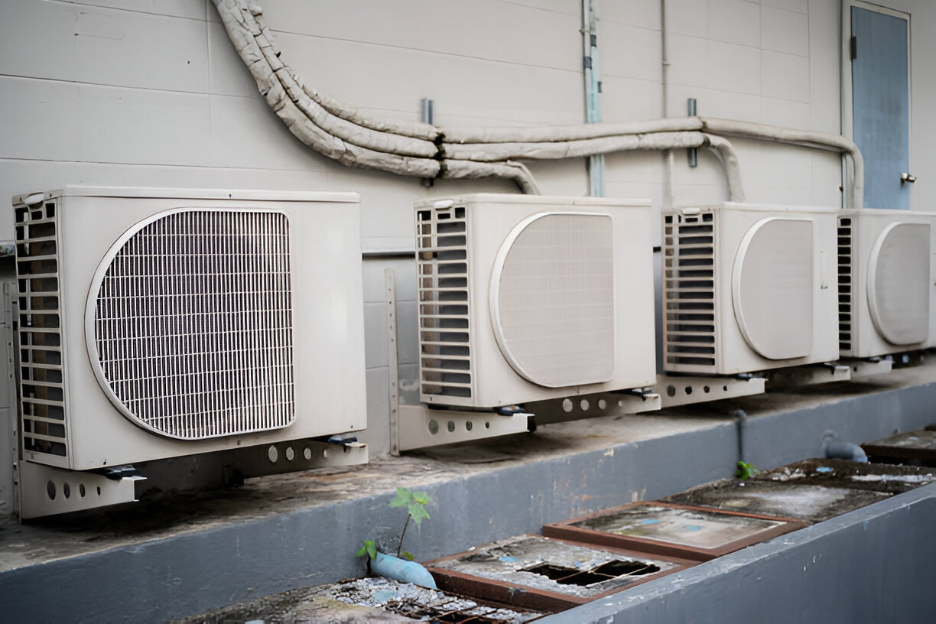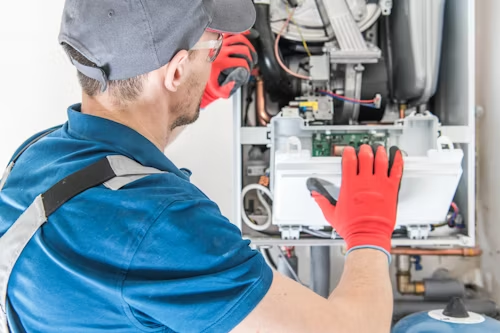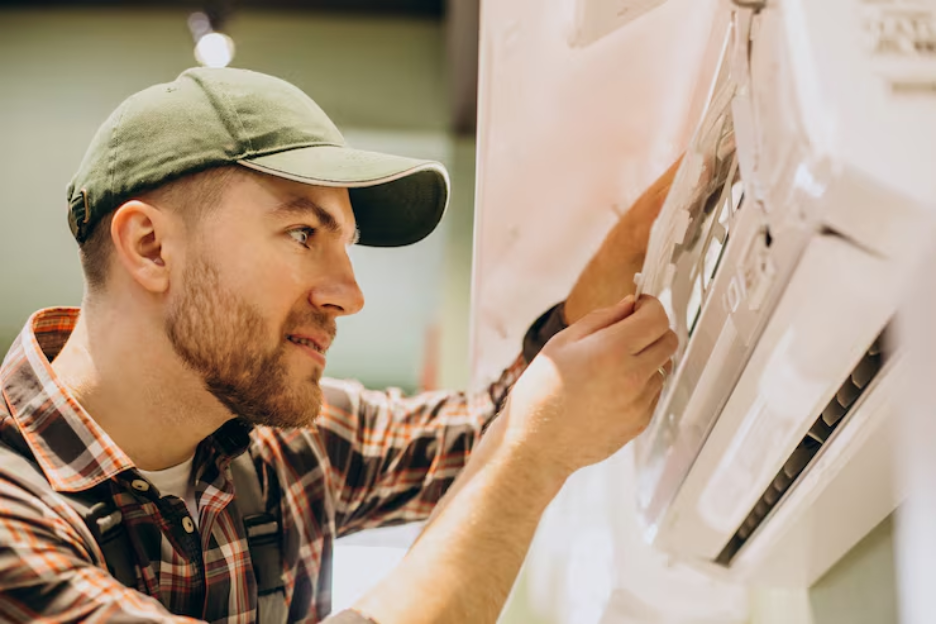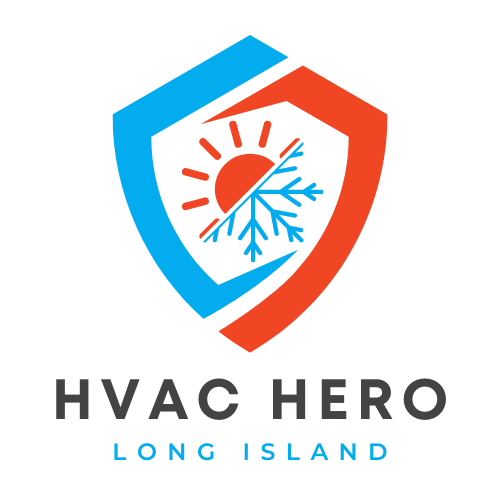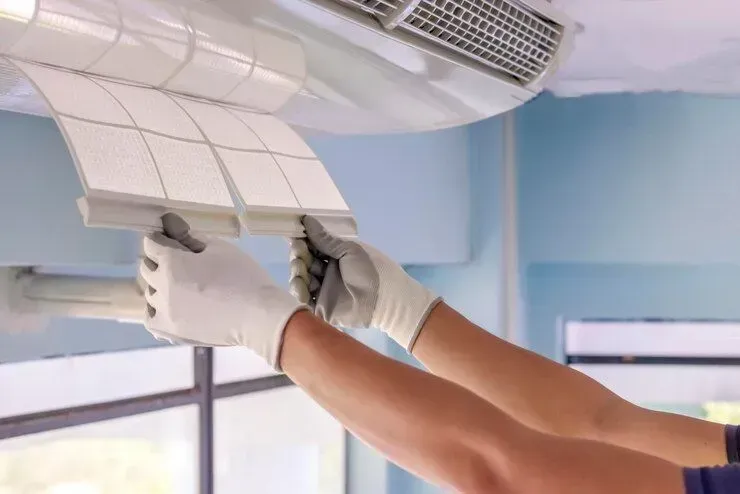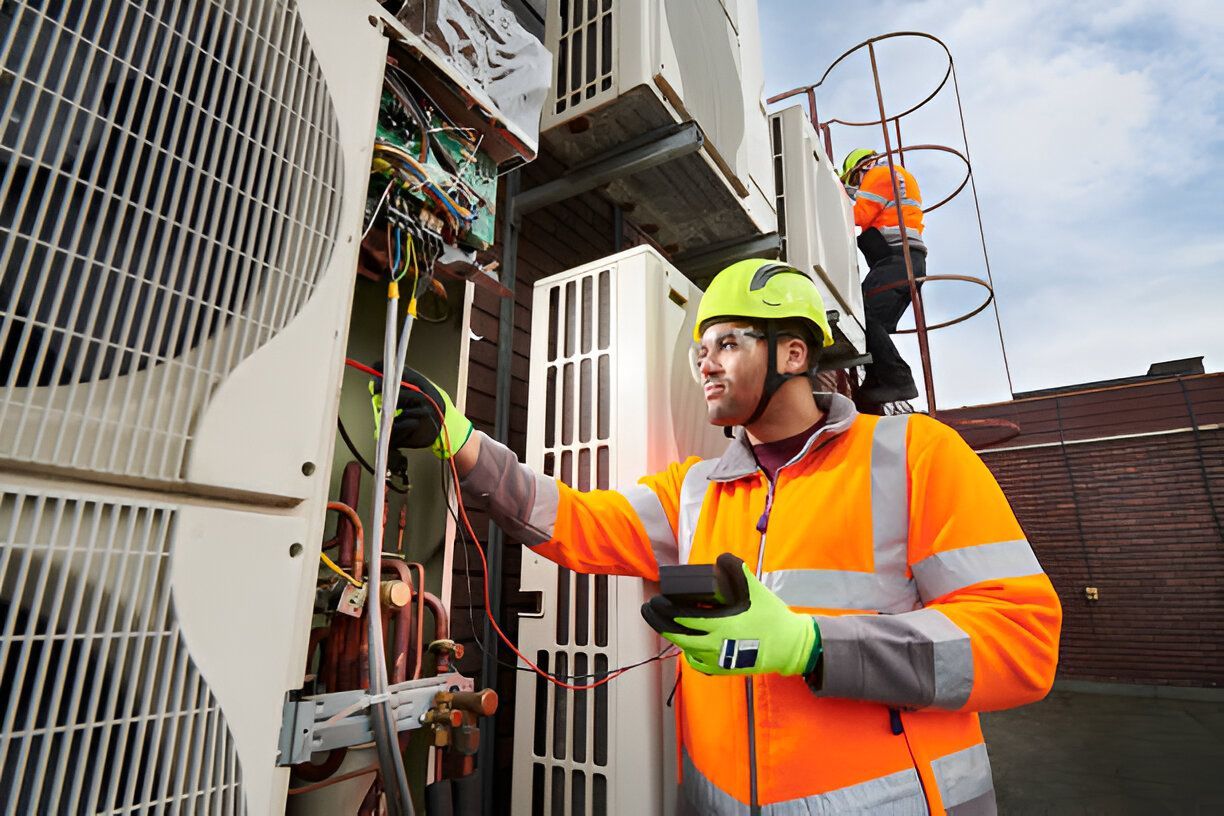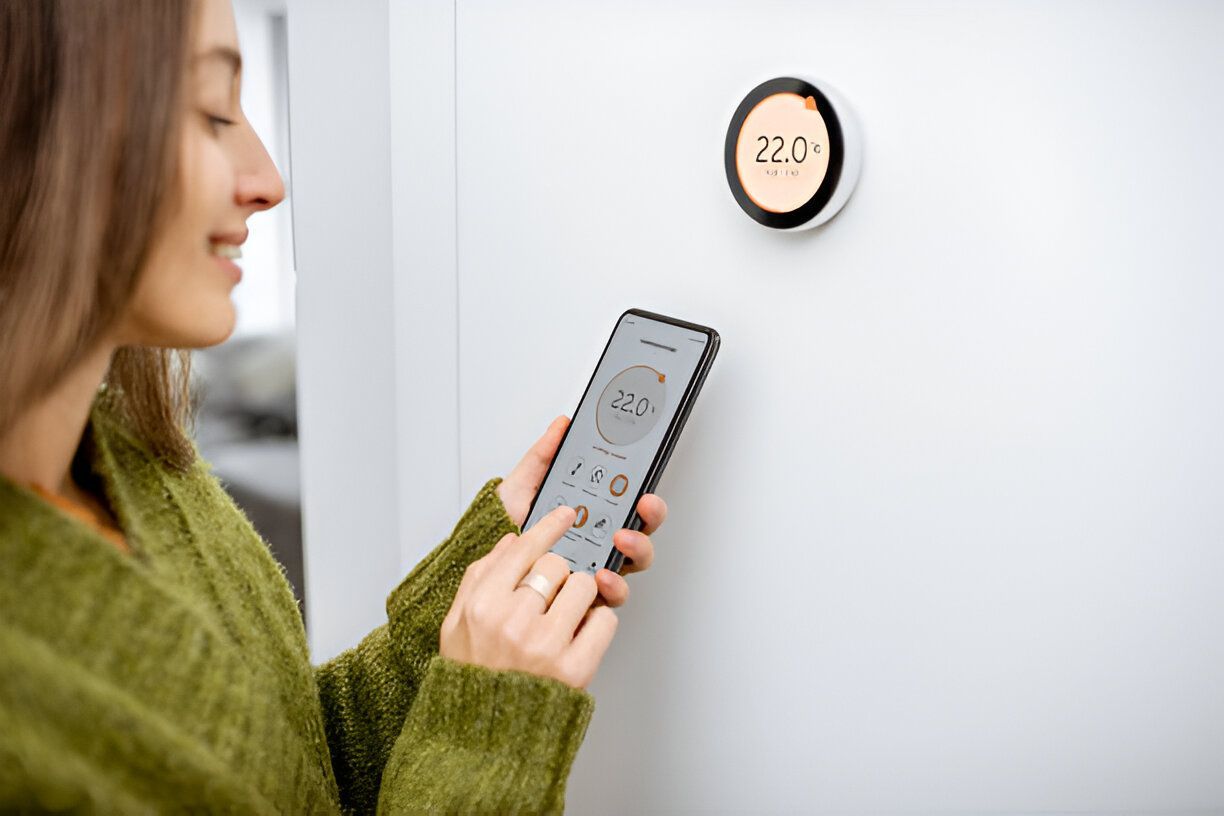Preparing Your Long Island HVAC System for Winter: A Home Owner's Guide
How to Properly Transition from AC to Heat, from the Long Island HVAC Experts
As the warm summer months fade and cooler temperatures approach on Long Island, homeowners need to make an important transition—from cooling to heating. Proper preparation of your HVAC system in the fall can ensure your home stays warm and comfortable all winter long, while also extending the lifespan of your system and keeping energy costs under control. In this blog, we’ll guide you through
essential fall and winter HVAC maintenance steps, including correctly shutting down the air conditioning system, cleaning your ducts, and preparing your heating system for the months ahead.
1. Preparing Your AC for Winter
As the cooler months approach, preparing your air conditioning system for winter is an essential step in maintaining its longevity. For most homeowners, it’s as simple as switching the thermostat from cooling to heating mode. This ensures that your AC won’t kick on unexpectedly during fall or winter when you no longer need it.
However, for those with outdoor condenser units, taking a few extra steps can help protect the system from winter weather and extend its life.
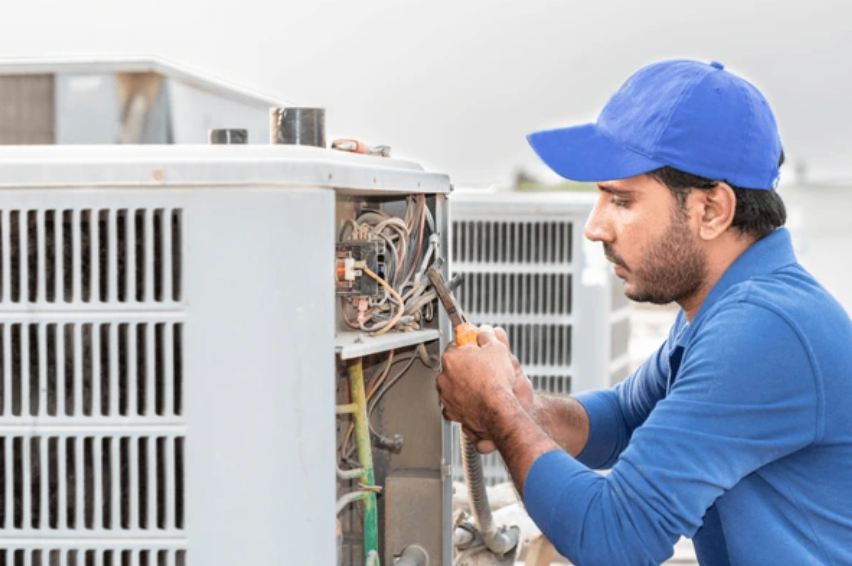
Turn Off Power to the Outdoor Unit:
While switching your thermostat is the primary step, turning off the power to your outdoor AC unit is a good idea. This ensures the condenser won’t accidentally run on an unusually warm day or if the thermostat is bumped. You can do this by locating the “AC disconnect box” near the condenser and flipping the switch there or on the breaker inside to cut off power.
Clean and Cover the Condenser:
Throughout the summer, debris like leaves, dirt, and grass clippings can accumulate around the outdoor unit. Use a hose to gently clean it, allowing it to dry completely before covering it with a breathable, weather-resistant cover. This will protect the unit from harsh winter conditions, such as ice and snow, which can cause rust and other damage.
Inspect the Unit for Wear:
Fall is also a great time to inspect the condenser for any visible damage, such as bent fins or loose connections. Addressing these issues now will ensure the unit is in top shape for the next cooling season.
By taking these extra steps, you can safeguard your AC system through the winter and avoid unnecessary repairs when spring rolls around.
2. Clean and Inspect Your Ductwork
As you switch from cooling to heating, your ducts will play a key role in distributing warm air throughout your home. Ensuring that they are clean and free of leaks will improve indoor air quality and prevent energy waste.
Over time, dust, dirt, pet dander, and other allergens can accumulate in your ductwork, reducing airflow and spreading contaminants into your living spaces. If you haven’t had your ducts cleaned in a few years, fall is a great time to schedule a professional cleaning. A thorough duct cleaning will remove debris and help your heating system run more efficiently.
While you're inspecting your ducts, look for any visible signs of damage or leaks. Sealing these leaks can prevent warm air from escaping into unnecessary spaces like attics or basements, helping your system work more efficiently and saving you money on your heating bills.
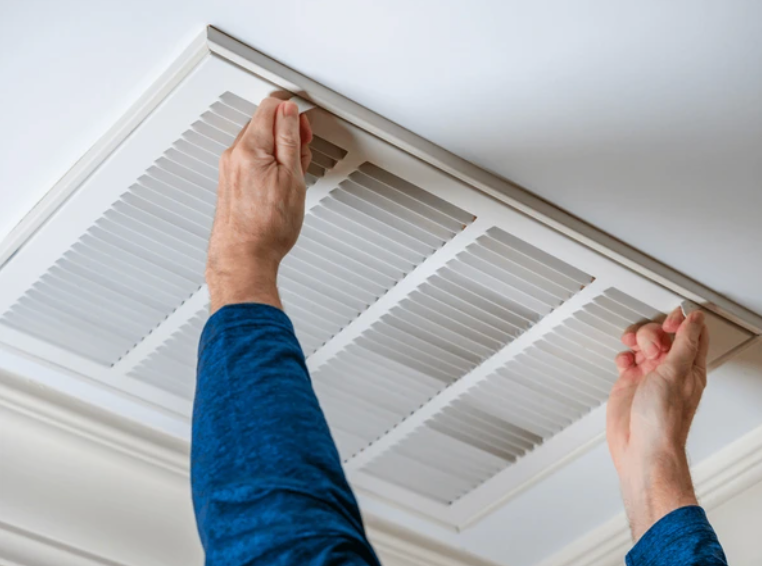
3. Replace Air Filters
Before the colder months settle in, it’s essential to replace the air filters in your HVAC system. Air filters trap dust, dirt, and other particles, ensuring clean air circulates through your home. Dirty filters can obstruct airflow, forcing your heating system to work harder, which reduces efficiency and raises energy costs.
For optimal performance, it’s recommended to check and replace your filters at least every 3 months, especially during the fall and winter when your system is working hard to keep your home warm. A clean filter will help maintain indoor air quality and prevent strain on your HVAC system.
4. Inspect the Heat Exchanger
The heat exchanger is one of the most critical components of your furnace, responsible for heating the air that is then circulated throughout your home. However, over time, the heat exchanger can develop cracks or other damage, which can be dangerous, as these cracks may allow carbon monoxide to leak into your home.
Before winter arrives, it’s essential to have a professional HVAC technician inspect your heat exchanger for any signs of wear or damage. A cracked heat exchanger should never be ignored, as carbon monoxide is a colorless, odorless gas that can pose serious health risks to your family. By addressing any issues before the heating season begins, you can ensure that your system is safe and efficient.
5. Test Your Thermostat
Fall is the perfect time to test your thermostat and ensure it’s functioning properly. If you’ve been using your thermostat primarily for air conditioning during the summer, you’ll want to switch it to heating mode and test how well it responds. Set the temperature a few degrees higher than the current room temperature to ensure that the furnace kicks on as it should.
If your thermostat is outdated, consider upgrading to a programmable or smart thermostat. These devices allow you to set temperature schedules based on your daily routines, which can save energy and reduce heating costs during the winter.
6. Check Carbon Monoxide Detectors
As you prepare your heating system for the colder months, don’t forget to check your home’s carbon monoxide detectors. Since your furnace or boiler burns fuel to generate heat, there is always a potential risk of carbon monoxide leaks. Properly functioning detectors are essential to keep your family safe.
Test each carbon monoxide detector to ensure it’s working, and replace the batteries if needed. It’s also a good idea to have a professional check your furnace or boiler’s ventilation system to ensure carbon monoxide is being safely vented outdoors.

7. Schedule a Professional Heating System Tune-Up
One of the most important steps you can take to prepare for the fall and winter is scheduling a professional HVAC tune-up. During a tune-up, a technician will inspect your heating system, clean important components, check for any potential issues, and ensure the system is running at peak efficiency.
Regular maintenance helps prevent unexpected breakdowns during the coldest months, extends the life of your system, and keeps your heating costs down. It’s recommended to schedule a tune-up at least once a year, ideally in the fall before the heating season begins in full force.
By following these fall and winter HVAC maintenance tips, you can ensure your system is ready to handle the colder months on Long Island. From cleaning and covering your AC to changing your filters or inspecting the heat exchanger, regular maintenance can help you avoid costly repairs, improve energy efficiency, and keep your home comfortable and safer all winter long. If you need assistance with any of these tasks, don’t hesitate to reach out to Long Island HVAC Hero for professional help and peace of mind as the seasons change.
